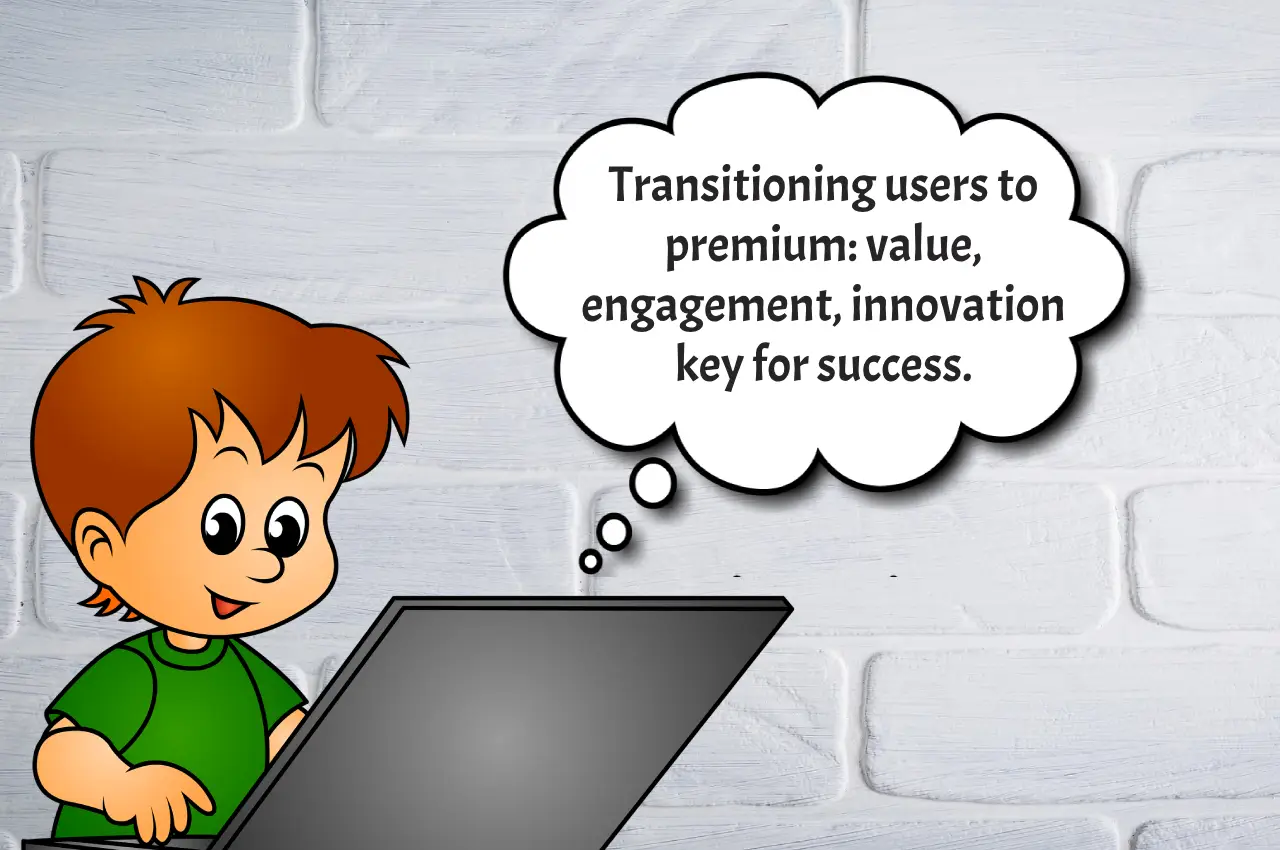In today’s fast-paced digital landscape, your business’s online presence can make or break its success. As more users shift to mobile devices for their online interactions, it’s imperative for businesses to adapt and prioritize a Mobile-First Marketing Strategy. In this blog post, we’ll delve into the crucial steps and strategies needed to build an effective mobile-centric approach, ensuring your brand not only survives but thrives in the mobile-dominated era.
Understanding the Mobile-First Approach
The essence of a Mobile-First Marketing Strategy lies in prioritizing mobile users over desktop users during the development of your digital marketing initiatives. This approach recognizes the growing trend of consumers relying on smartphones for browsing, shopping, and interacting with brands. By focusing on mobile optimization, you not only enhance user experience but also improve your search engine rankings, as Google now prioritizes mobile-friendly websites.
1. Mobile-Optimized Website Design
Your website is often the first interaction a potential customer has with your brand. Ensure it’s a positive one by optimizing your site for mobile users. Responsive design, fast loading times, and user-friendly navigation are paramount. Think of your mobile site as a seamless extension of your brand, offering a similar experience to users across all devices.
Consider the rise of online shopping. A clothing brand with a mobile-friendly site makes it easy for customers to browse and purchase items on the go, boosting sales and customer satisfaction.
2. Engaging Mobile-Friendly Content
Craft content tailored for mobile consumption. Break down information into easily digestible chunks, use compelling visuals, and ensure that your call-to-action buttons are easily clickable on smaller screens. Mobile users appreciate concise, informative content that gets straight to the point.
Imagine a travel app sharing bite-sized travel tips and stunning visuals, capturing the attention of users during their daily commute and inspiring them to plan their next adventure.
3. Leverage Social Media for Mobile
Social media is a powerhouse for mobile marketing. Tailor your social media strategy to cater to mobile users. Utilize mobile-friendly ad formats, create engaging stories, and participate in conversations. Platforms like Instagram and TikTok offer immersive mobile experiences; leverage them to showcase your brand personality.
To share a real-life scenario: A local cafe utilizes Instagram Stories to showcase daily specials, enticing followers to visit for a quick coffee fix. The visual appeal and real-time updates make it an effective mobile marketing strategy.
4. Harness the Power of Mobile Apps
If feasible for your business, consider developing a mobile app as a Mobile-First Marketing Strategy. Apps provide a dedicated space on users’ devices, fostering brand loyalty. Ensure your app is user-friendly, offers value, and is regularly updated to maintain relevance.
Imagine a fitness app that sends push notifications with personalized workout reminders creates a habit loop, keeping users engaged and committed to their fitness journey.
5. Implement SMS and Push Notification Campaigns
Direct communication with your audience is key. SMS and push notifications are powerful tools for delivering time-sensitive information and promotions. Use them judiciously to avoid becoming intrusive, but when done right, they can significantly boost engagement and conversions.
For example, an e-commerce store sends a push notification to inform users about a flash sale. The urgency prompts immediate action, resulting in a spike in sales within a short time frame.
6. Prioritize Mobile SEO
Optimizing your website for mobile devices goes hand-in-hand with mobile SEO. Google’s algorithms favor mobile-friendly sites, impacting your search engine rankings. Pay attention to mobile-specific keywords and ensure your content is easily accessible on various devices.
To illustrate – A local pizza place optimizing for mobile SEO ensures it appears at the top of search results when users on the go search for “best pizza near me.”
7. Embrace Mobile Advertising
Invest in mobile advertising strategies to reach your target audience where they spend a significant portion of their time. Platforms like Google Ads and Facebook Ads offer robust mobile advertising options. Tailor your ads for mobile viewing, keeping visuals captivating and copy concise.
A travel agency utilizes Facebook’s mobile carousel ads to showcase different travel destinations. Users can easily swipe through, capturing their interest and encouraging them to explore further.
8. Analyze and Adapt with Mobile Analytics
Regularly analyze mobile analytics to understand user behavior and adapt your strategy accordingly. Identify high-performing content, popular devices, and areas for improvement. This data-driven approach ensures you stay agile and responsive to the ever-evolving mobile landscape.
Seizing the Mobile Frontier
In a world where the mobile device is a constant companion, a Mobile-First Marketing Strategy isn’t just a choice – it’s a necessity. By prioritizing the mobile experience, you position your brand at the forefront of your customers’ digital journey. Remember, success in the mobile arena isn’t just about having a presence; it’s about creating an immersive, user-friendly experience that keeps your audience coming back for more.
What’s Your Mobile Success Story? Share Your Experience Below and Let’s Ignite a Mobile Marketing Conversation!





